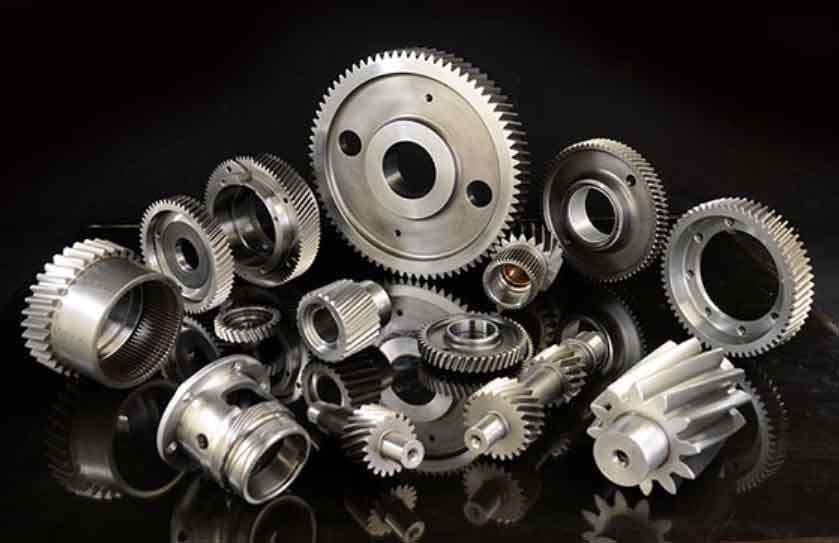
Helical gears play a crucial role in wind turbines, helping harness renewable energy efficiently and reliably. Wind turbines are designed to convert wind energy into mechanical power, which is then converted into electrical power. Here’s how helical gears contribute to the functioning of wind turbines:
- Power Transmission: Wind turbines require a mechanism to convert the low-speed rotational motion of the wind turbine blades into higher rotational speeds required by the generator to produce electricity. Helical gears are used in the gearbox to achieve this speed transformation. The helical gear pairs efficiently transfer power from the low-speed shaft to the high-speed shaft, enabling the generator to produce electricity at the required frequency.
- Efficiency and Load Distribution: Helical gears are known for their efficiency and load-carrying capacity. The angled teeth of the helical gears ensure smooth and gradual engagement, reducing noise and vibration. The large contact area between the helical gear teeth distributes the load evenly, ensuring the gearbox’s durability and reliability under varying wind conditions.
- Optimized Gear Ratios: Wind turbine gearboxes often contain multiple stages of helical gears to achieve the desired gear ratio. These gear ratios are critical in matching the turbine’s operating speed to the generator’s speed for optimal power generation. Helical gears allow for fine-tuning of the gear ratios, making wind turbines more adaptable to changing wind speeds.
- Reduction of Gearbox Size and Weight: The compact design of helical gears allows for a more compact and lightweight gearbox. Reducing the gearbox’s size and weight contributes to cost savings in terms of material usage and transportation during installation.
- Stress and Load Management: The gradual tooth engagement of helical gears reduces sudden stress and shock loads on gearbox components, minimizing the risk of gear damage and increasing the gearbox’s overall lifespan.
- Low Noise and Vibration: The helical gear’s smooth engagement significantly reduces noise and vibration during operation. This is especially important in wind farms, where multiple wind turbines work together, as it helps maintain a low noise environment for nearby communities.
- Reliability and Maintenance: The design of helical gears, along with their load distribution capabilities, contributes to increased reliability and reduced maintenance requirements. This is crucial in remote wind farm locations, where accessing and servicing gearboxes can be challenging.
As wind energy continues to play a significant role in the global pursuit of renewable energy sources, helical gears will remain a fundamental component in wind turbines, ensuring precision, efficiency, and reliability in converting wind power into electrical energy. Manufacturers and researchers continually strive to optimize helical gear designs and materials to further enhance the performance and longevity of wind turbines in the pursuit of a sustainable energy future.
